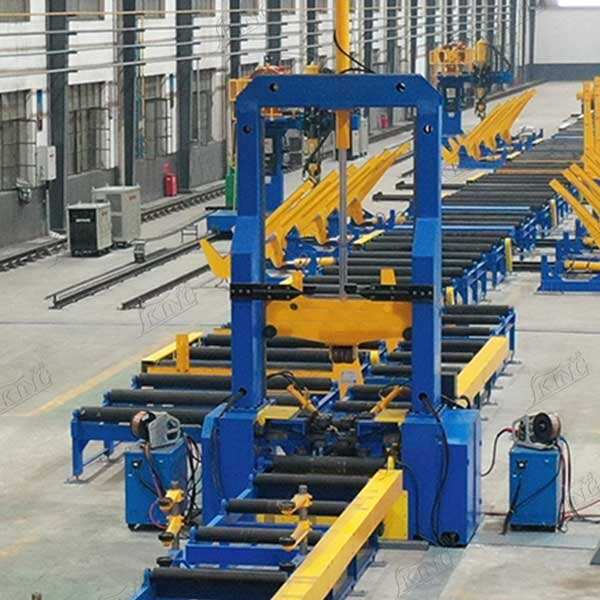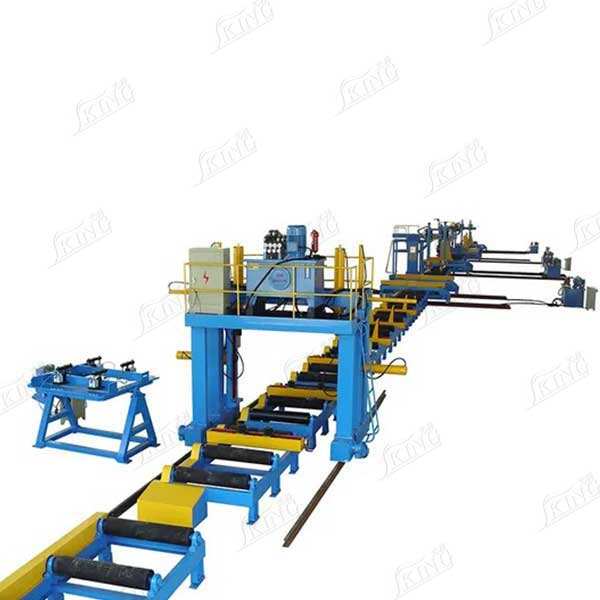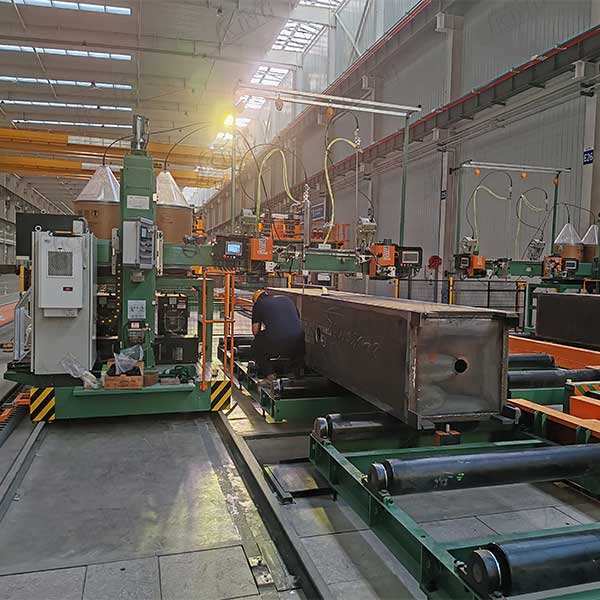girder welding
Girder welding represents a crucial process in structural engineering and construction, involving the precise joining of large metal beams that form the backbone of various structures. This sophisticated welding technique combines advanced technology with skilled craftsmanship to create robust, load-bearing components essential for bridges, buildings, and industrial facilities. The process typically employs multiple welding methods, including submerged arc welding and flux-cored arc welding, to ensure optimal joint strength and structural integrity. Modern girder welding incorporates automated systems and computer-controlled parameters to maintain consistent quality across lengthy welds, while also implementing real-time monitoring and quality control measures. The technology allows for the fabrication of custom-sized girders that can span significant distances and support substantial loads, making it indispensable in contemporary construction projects. Additionally, the process includes comprehensive pre-weld preparation, precise temperature control, and post-weld treatments to ensure the final product meets stringent engineering specifications and safety standards.


